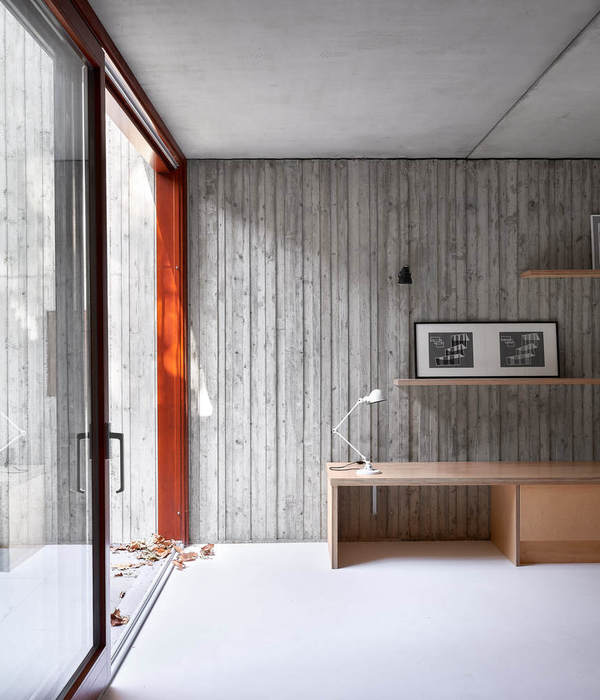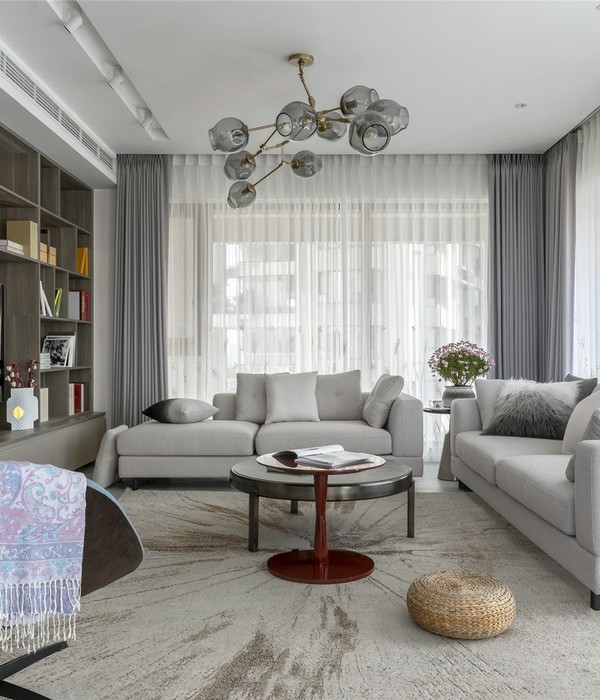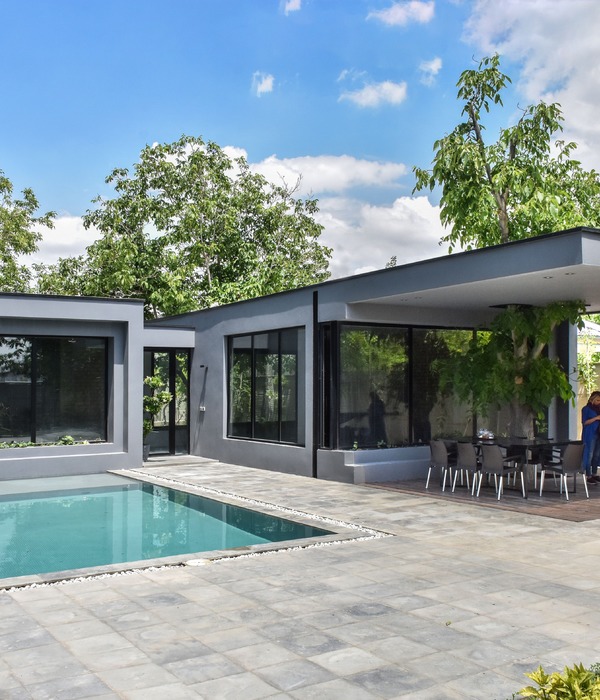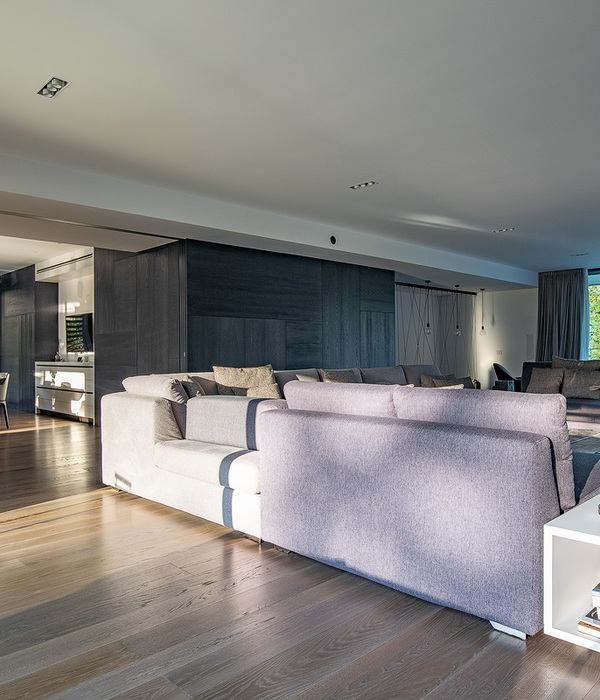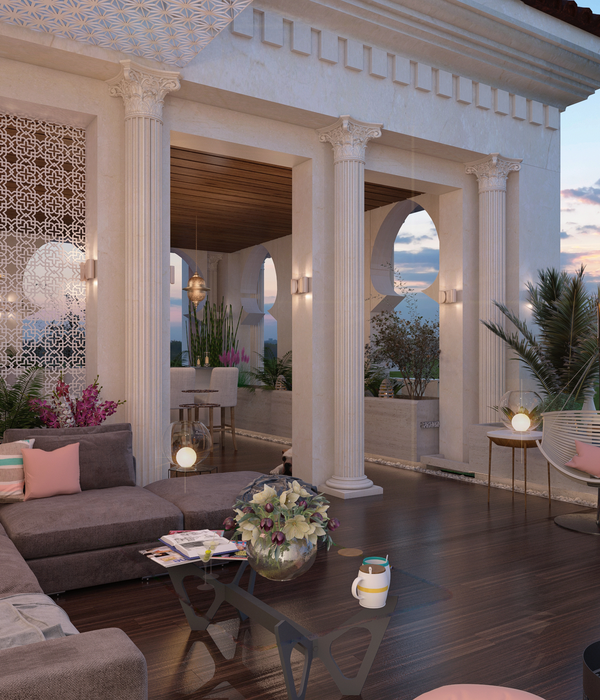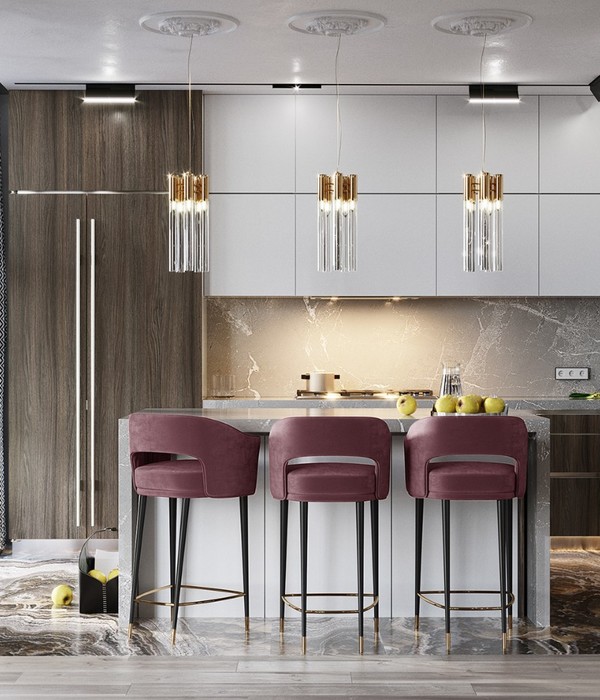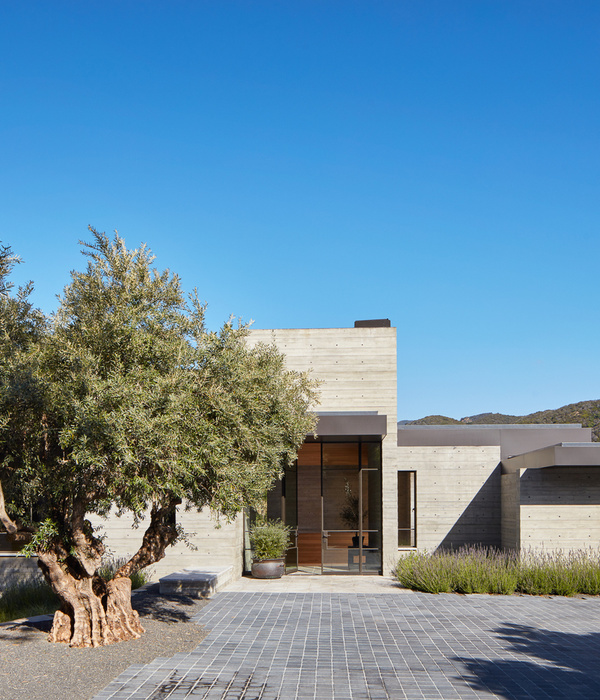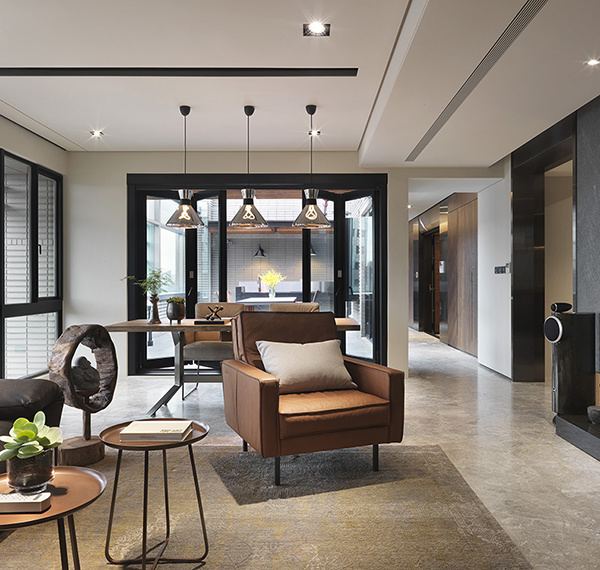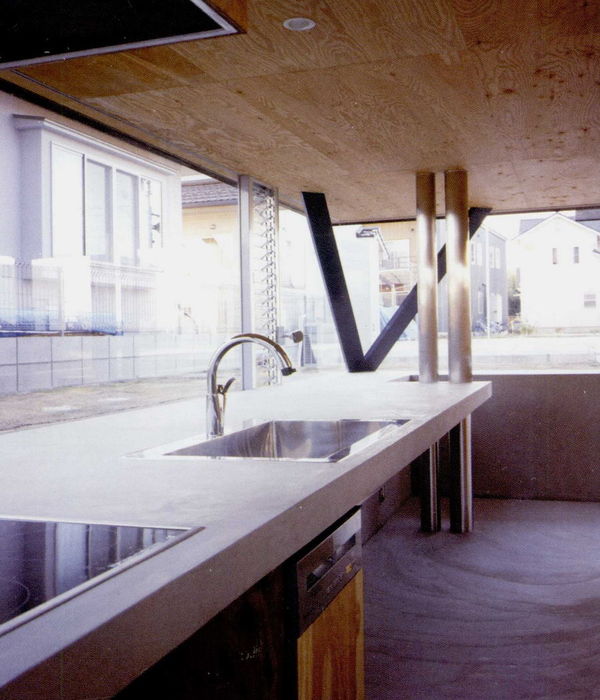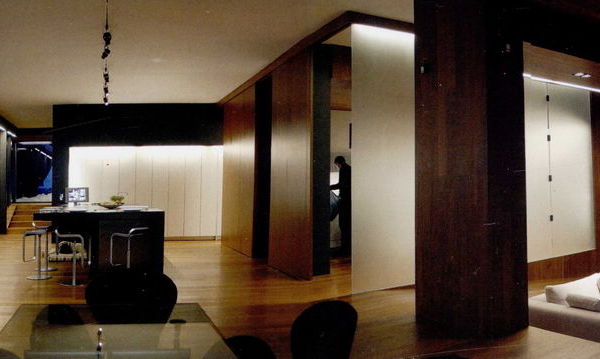废弃火车站的重生 | 拉各斯双年展的边缘魅力
来自美国奥斯汀的设计师Jeanne Schultz在2017年受邀为首届拉各斯(尼日利亚)双年展设计展览空间。该届双年展的主题是“活在边缘”(Living on the Edge)。设计师和策展团队选中了位于拉各斯的一座废弃火车站(也称作Running Shed),将其作为主要的展览场地。
Jeanne Schultz, Principal of Austin, Texas – based firm Jeanne Schultz Design Studio, was invited by Artistic Director Folakunle Oshun to serve as the Design Architect for the inaugural Lagos Biennial 2017, with the theme of ‘Living on the Edge’. A dilapidated train station on Lagos Mainland called the Yaba Railway, or Running Shed, was secured as the main venue for the exhibition.
▼废弃火车站被用作主要的展览场地,a dilapidated train station was secured as the main venue for the exhibition
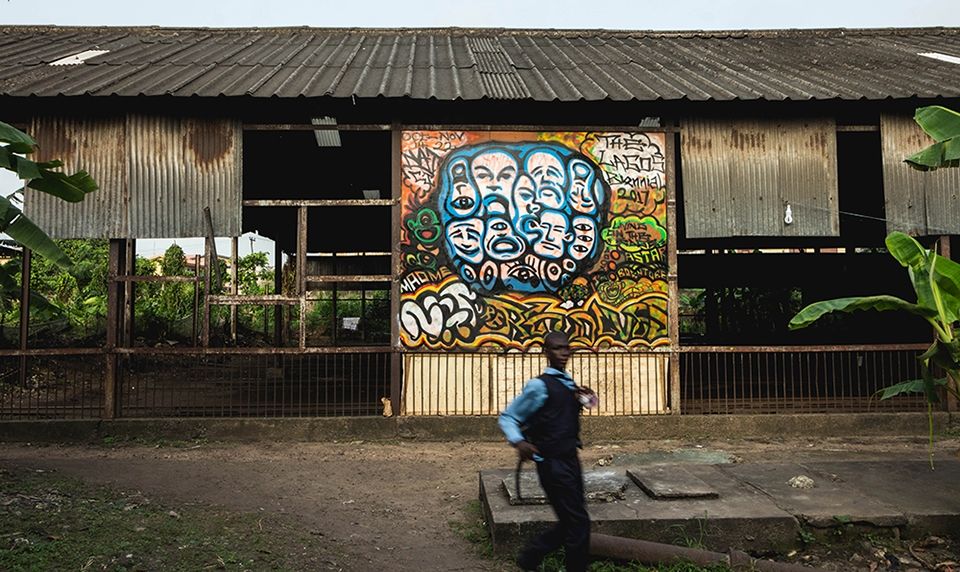
▼火车站既有的结构和空间状态为展览提供了丰富的可能性,the structure of the Running Shed and its distinctive condition provided many possibilities and inspired unconventional ideas
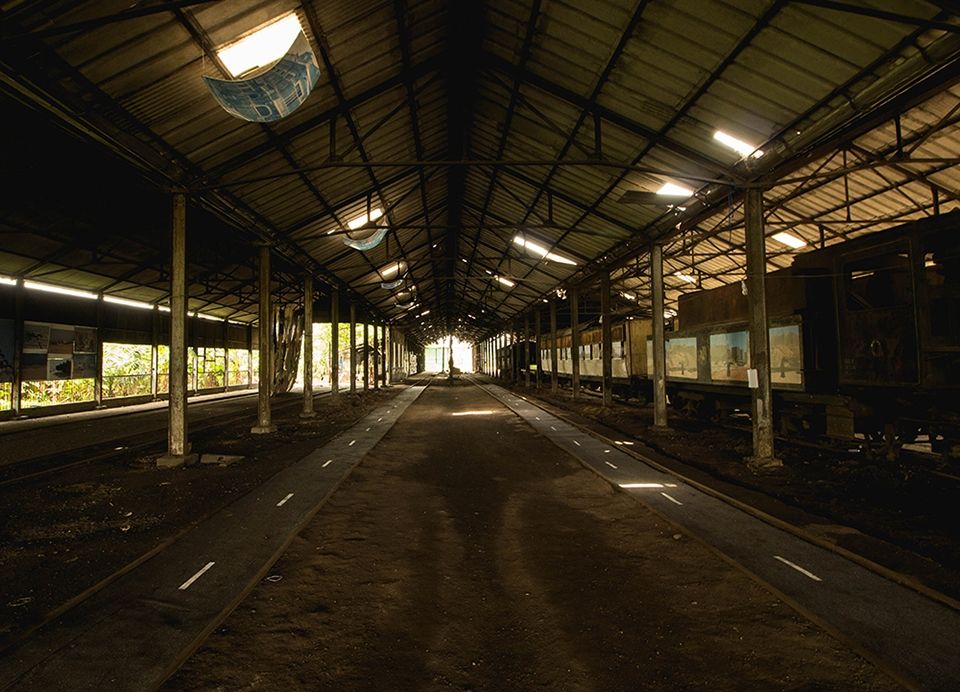
火车站既有的结构和空间状态为展览提供了丰富的可能性。例如,带有钻孔的生锈工字梁为艺术家Rita GT的摄影作品提供了悬挂空间;CMU墙壁上的一排窗洞则带来了现成的结构框架,使艺术家Adeola Olagunju拍摄的照片能够直接被自然光照亮。
The structure of the Running Shed and its distinctive condition provided many possibilities and inspired unconventional ideas. For example, a series of rusty red-orange I-beams with holes drilled in them served as columns from which the team hung a sequence of photographs for artist Rita GT. For artist Adeola Olagunju, existing openings puncturing a thick CMU wall became the structural frames for her screen-printed photographs. The photographs were printed to the dimensions of the openings and mounted within the cavity; as light permeated through, it illuminated the image on the screen.
▼钻孔工字梁为艺术家Rita GT的摄影作品提供了悬挂空间,I-beams with holes were used for photographs for artist Rita GT
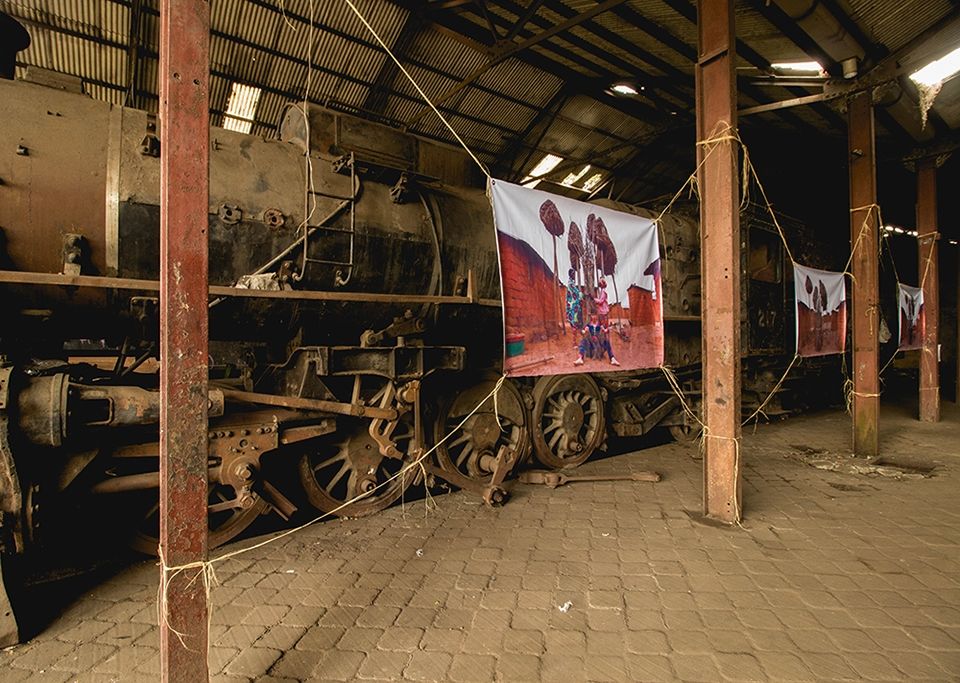
▼艺术家Adeola Olagunju拍摄的照片被窗洞带来的自然光照亮,existing openings became the structural frames for artist Adeola Olagunju’s screen-printed photographs
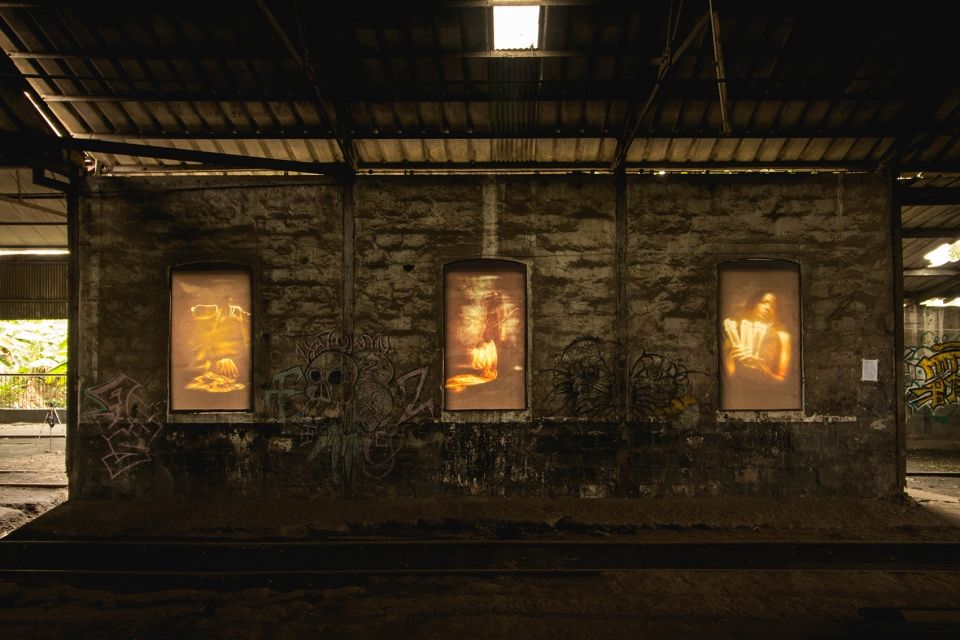
此外,策展团队和设计师还与得克萨斯大学奥斯汀分校的建筑系研究生Xinmei Li共同为艺术家Lamis Haggag的装置作品“How Do I Look on Paper?”设计了一个新的围合结构。该装置由一棵与电子传感器相连接的茉莉树构成,设计师利用当地的竹子和木材为其制作了一个外部的框架,并以塑料薄膜将其包覆。不完美的立方体呈现出一种完美的观感,在为内部有机植物提供荫蔽的同时也为破旧的棚屋空间赋予了对比性的层次。
The curatorial nature of artist Lamis Haggag’s installation required an enclosure for her work to be experienced within the main exhibition venue. To accommodate this Schultz and UTSOA graduate student Xinmei Li designed a structure that would complement the artist’s statement, as well as the spatial needs of the installation. The physical components of her work, titled, ‘How Do I Look on Paper?,’ were comprised of a jasmine tree that was connected to a system of electrical sensors. Material used for the enclosure included bamboo and wood found on the site which functioned as the framing and bracing structure. On the interior of the structure, plastic sheets were wrapped and nailed to the wood and bamboo. The imperfect cube with a perfect pattern, containing a pure organic plant which was hooked up to synthetic wiring, situated within the dilapidated shed, provided layers of contrast.
▼为艺术家Lamis Haggag的装置作品“How Do I Look on Paper?”设计的围合结构,structure designed for artist installation, ‘How do I Look on Paper?’ by Lamis Haggag
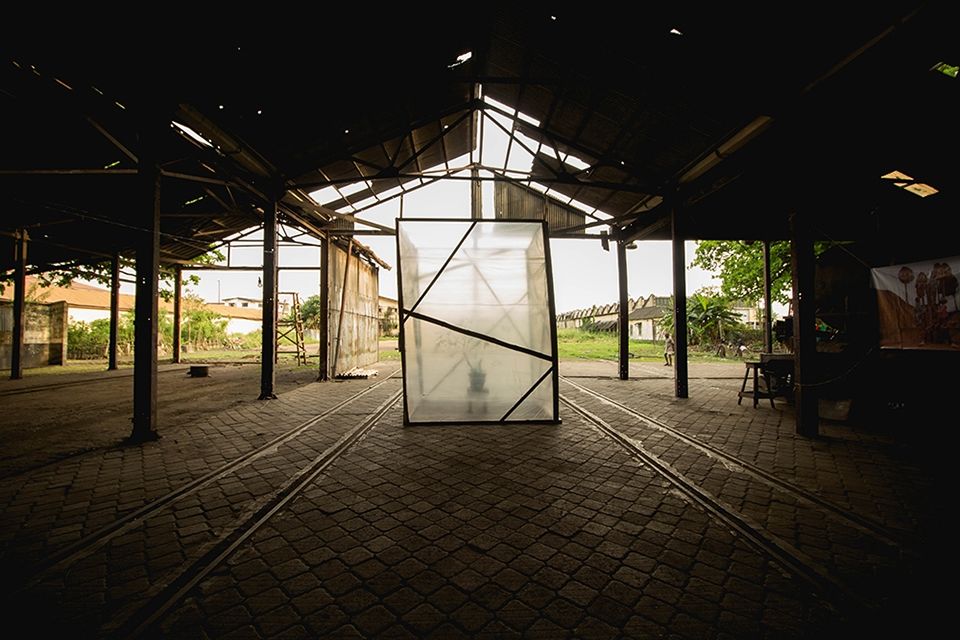
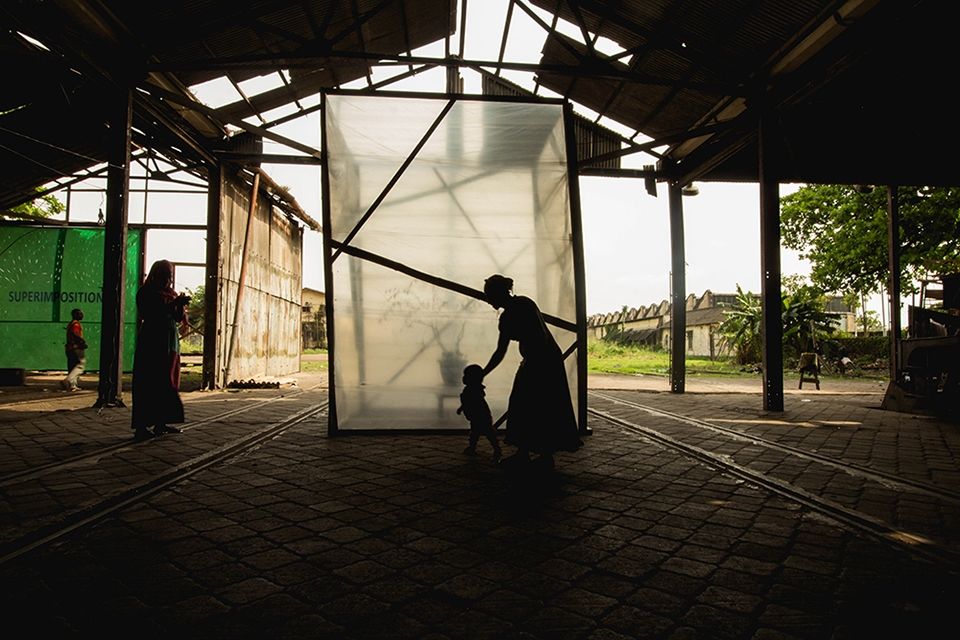
▼结构中展示着一棵与电子传感器相连接的茉莉树,the work was comprised of a jasmine tree that was connected to a system of electrical sensors
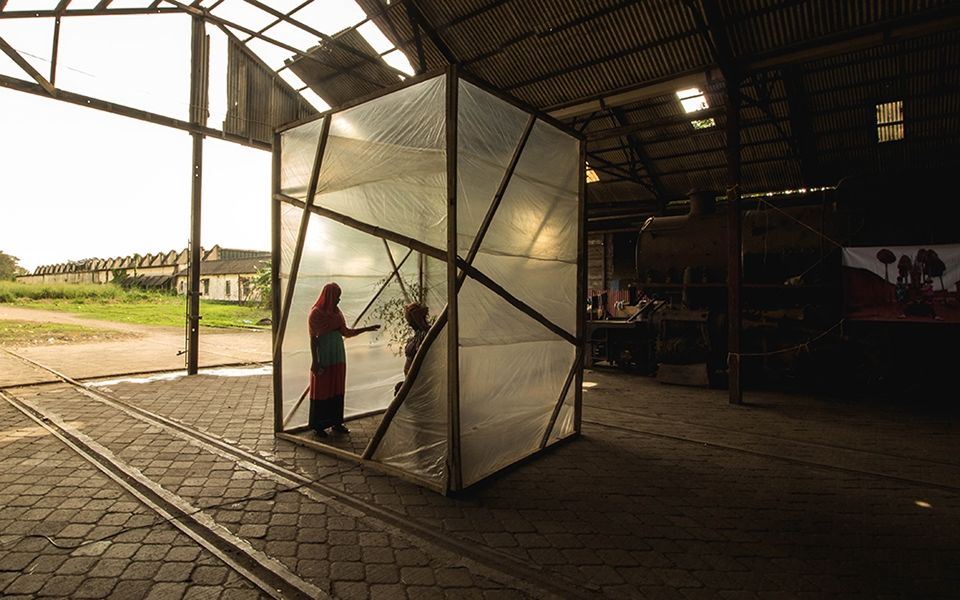
▼设计师和拉各斯的孩子们,the designer with the children in Lagos
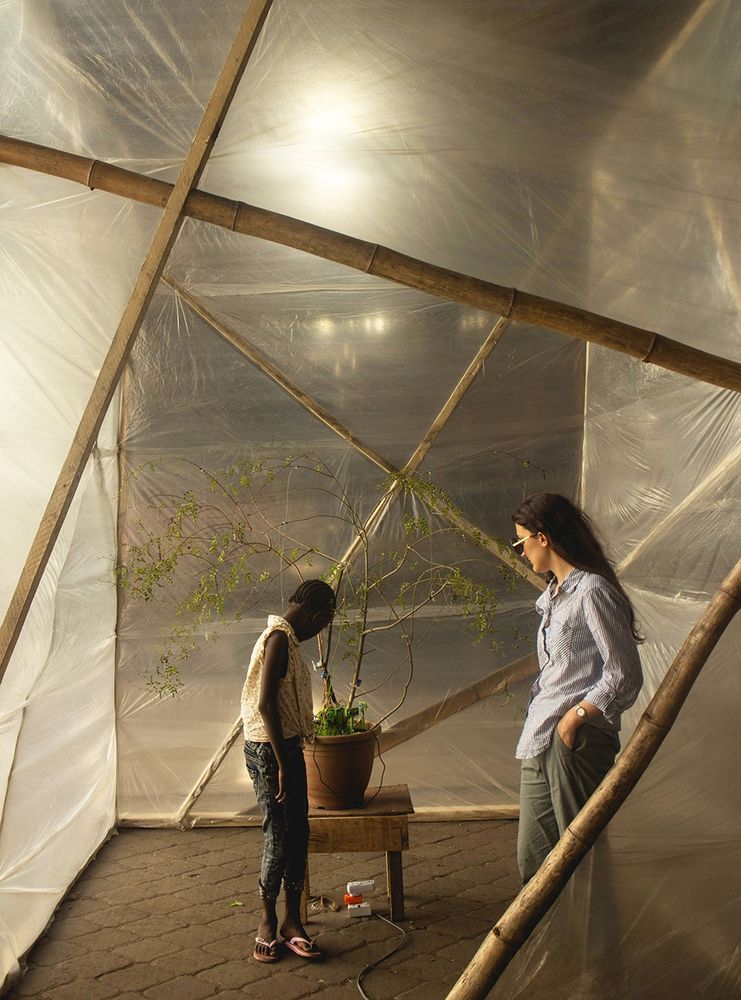
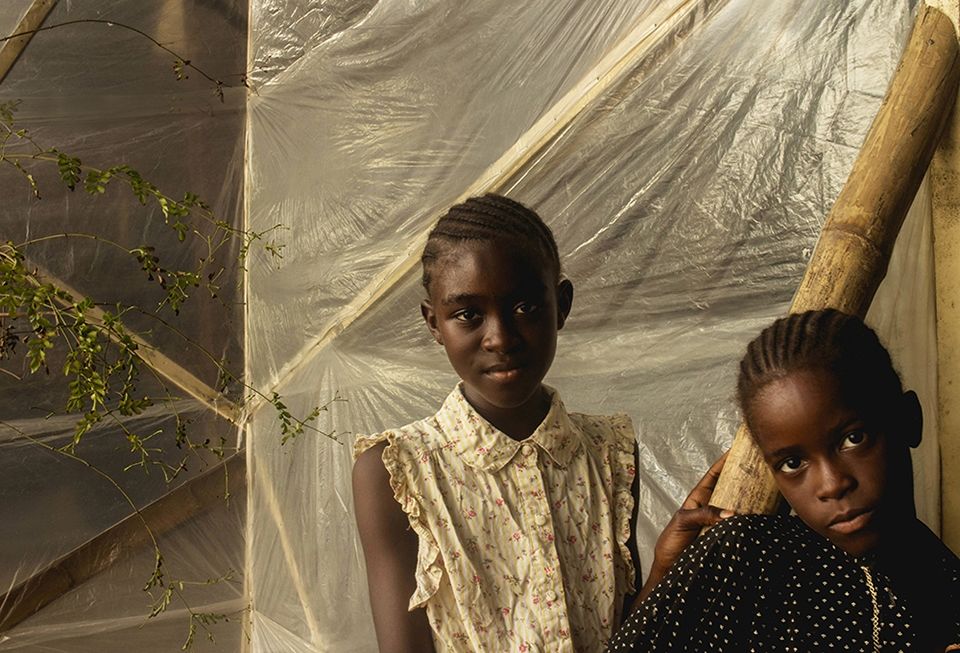
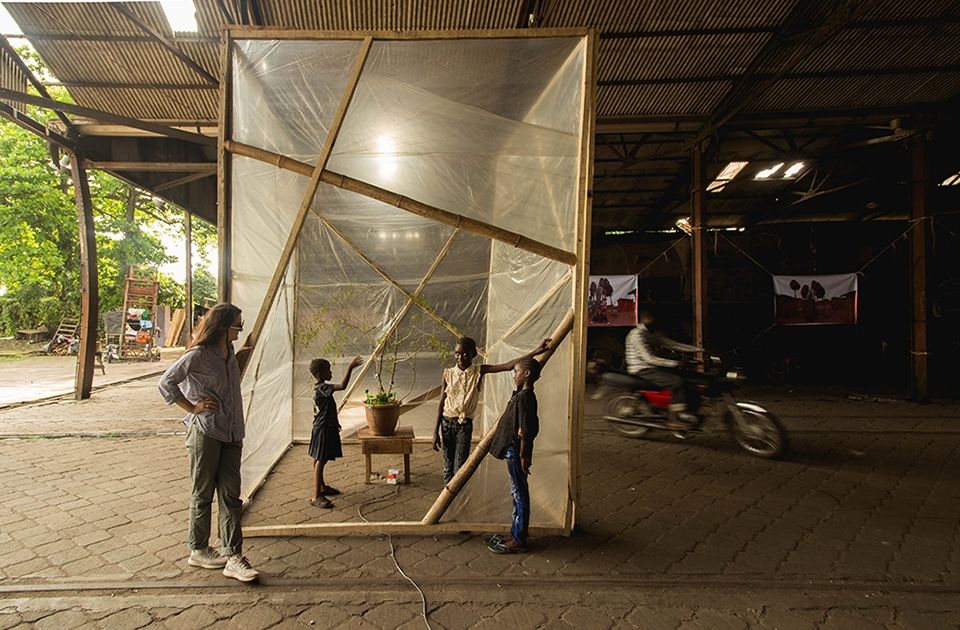
▼结构细部,structure detail
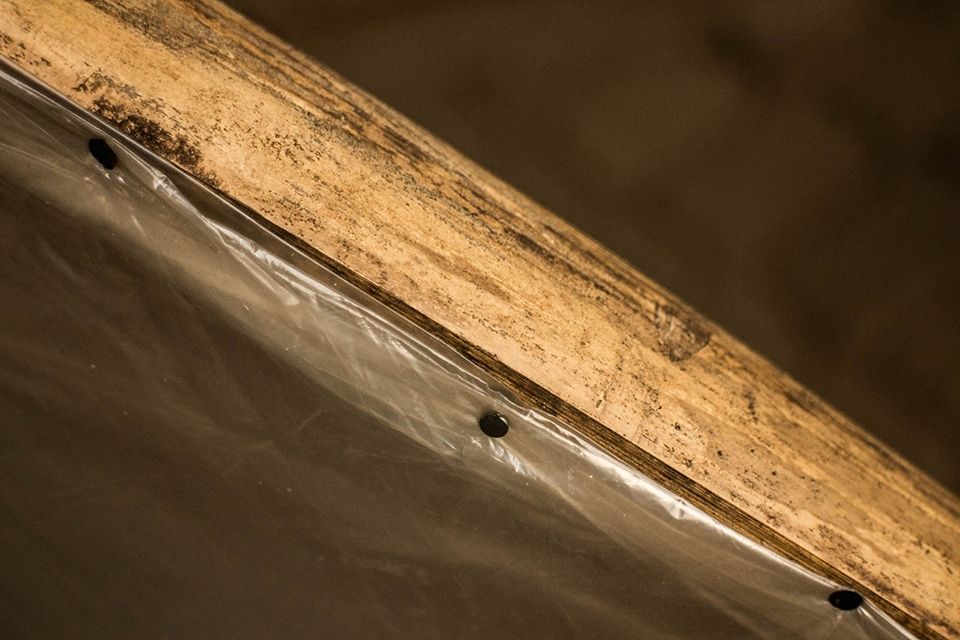
▼平面图,floor plan
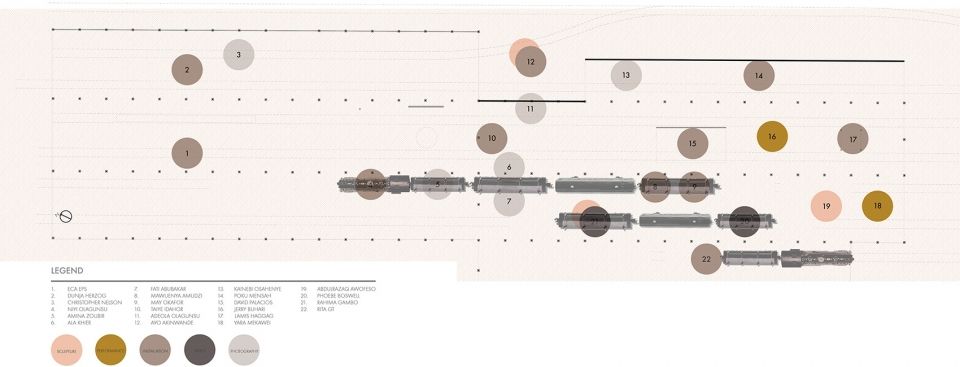
▼纵剖面图,longitudinal section

▼横剖面图,cross section

▼围合结构轴测图,axon of the enclosure structure
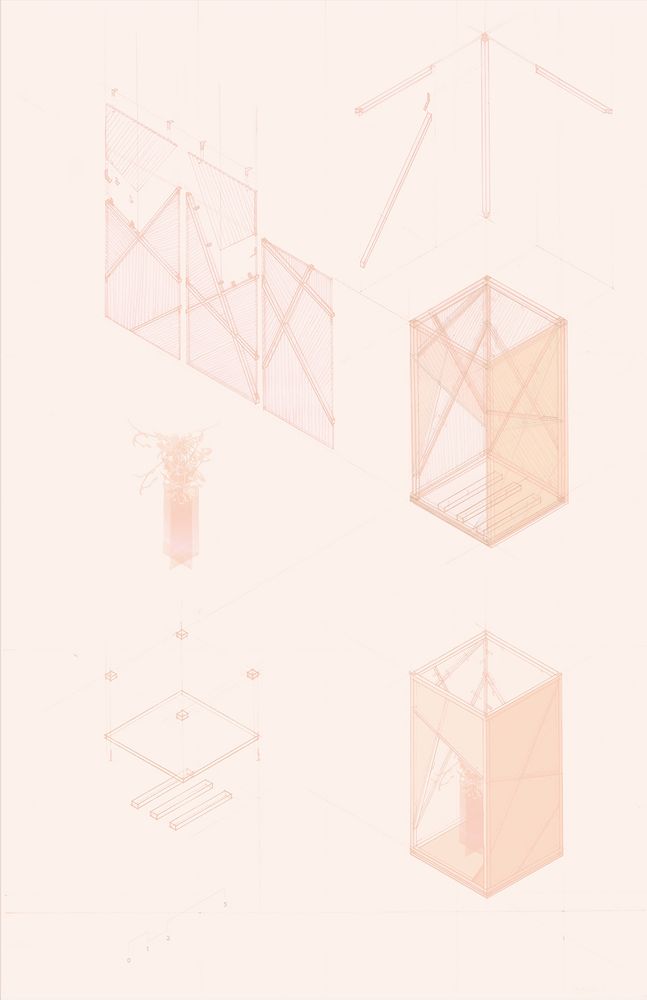
Photographs by Amanda Iheme



